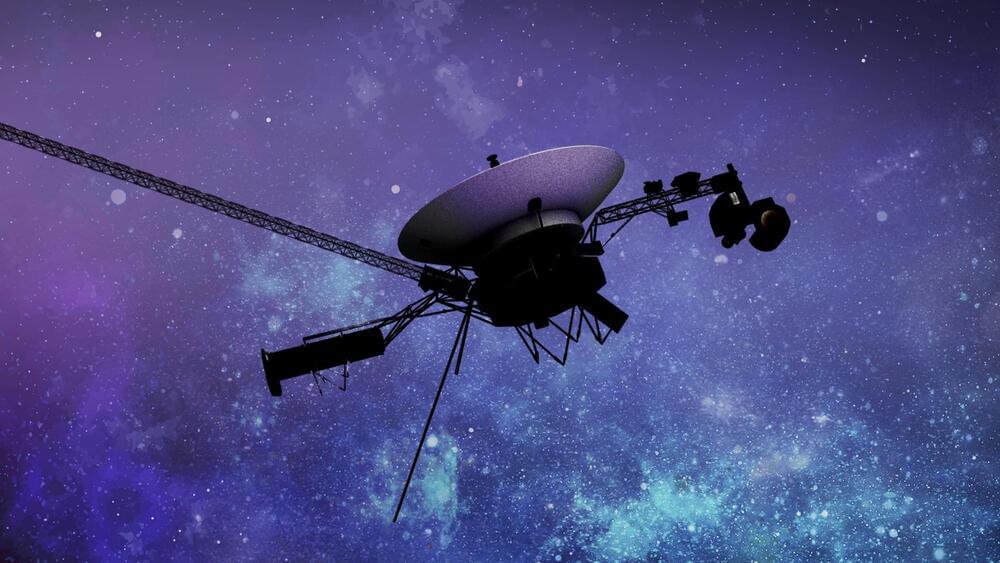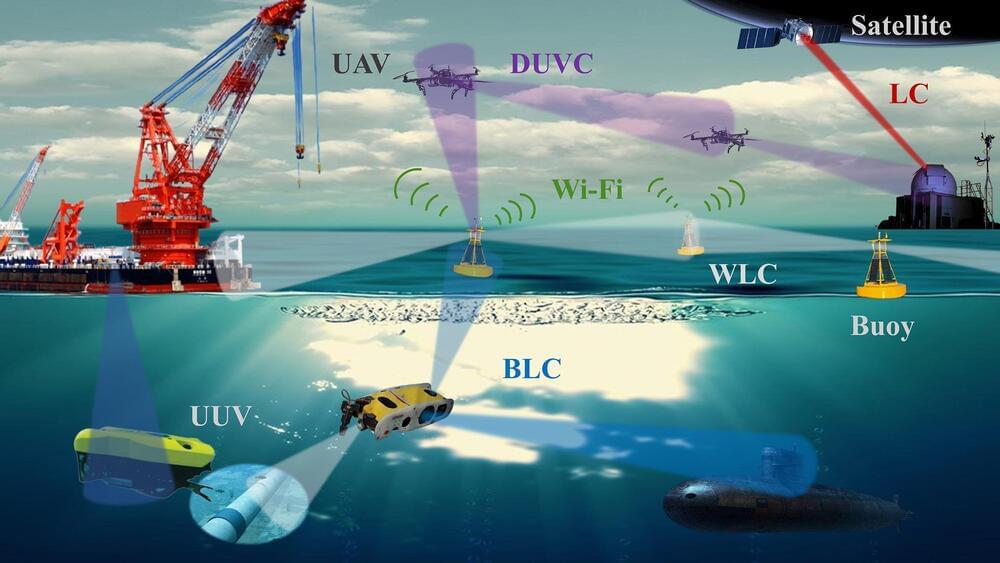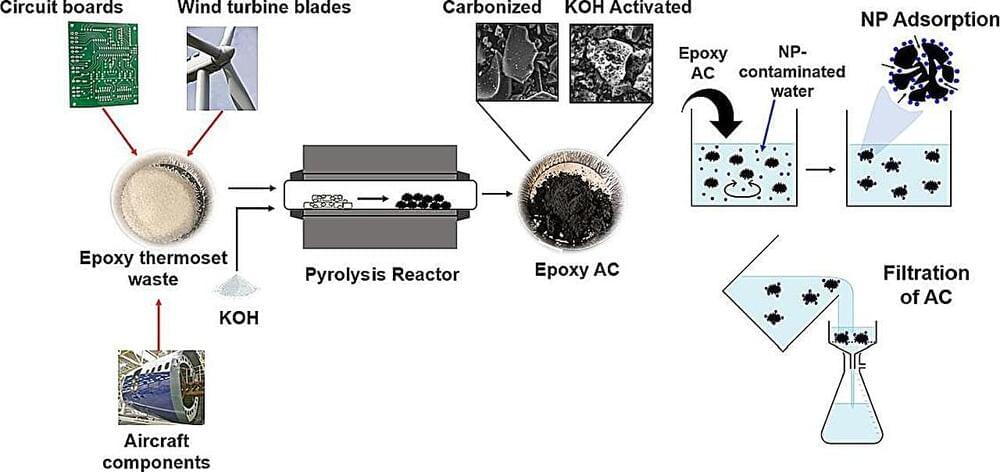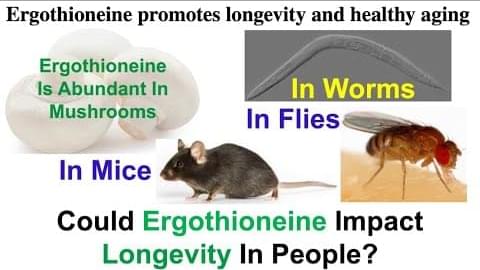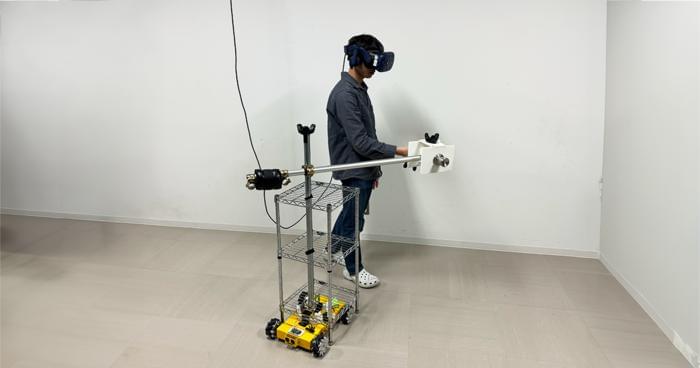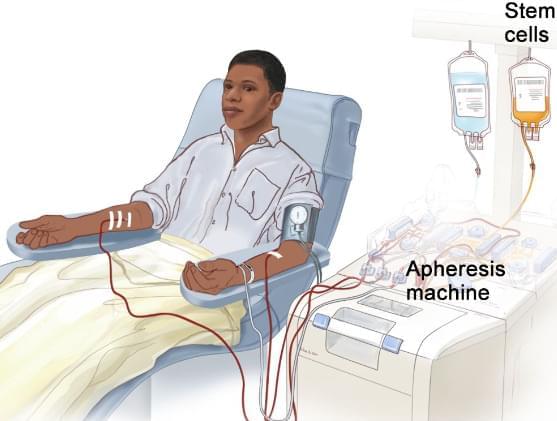Results are in from the six-month test of the Pyxis Ocean, a cargo ship outfitted with fiberglass sails as part of a fuel-saving test by Cargill Inc.
The Wayzata, Minn.-based agriculture giant said the partially wind-powered cargo ship saved an average of 3 tons of fuel per day and 11.2 tons of carbon dioxide emissions. Cargill calculates that this savings would be the equivalent of taking 480 cars off the road.
In optimal conditions, the ship saved nearly 11 tons per day. That’s roughly a 37% decrease in carbon emissions. According to Ship and Bunker’s global 20 port average, that’s a savings of about $656 per metric ton in fuel. Most cargo ships are fueled by bunker fuel, also known as heavy fuel oil.


